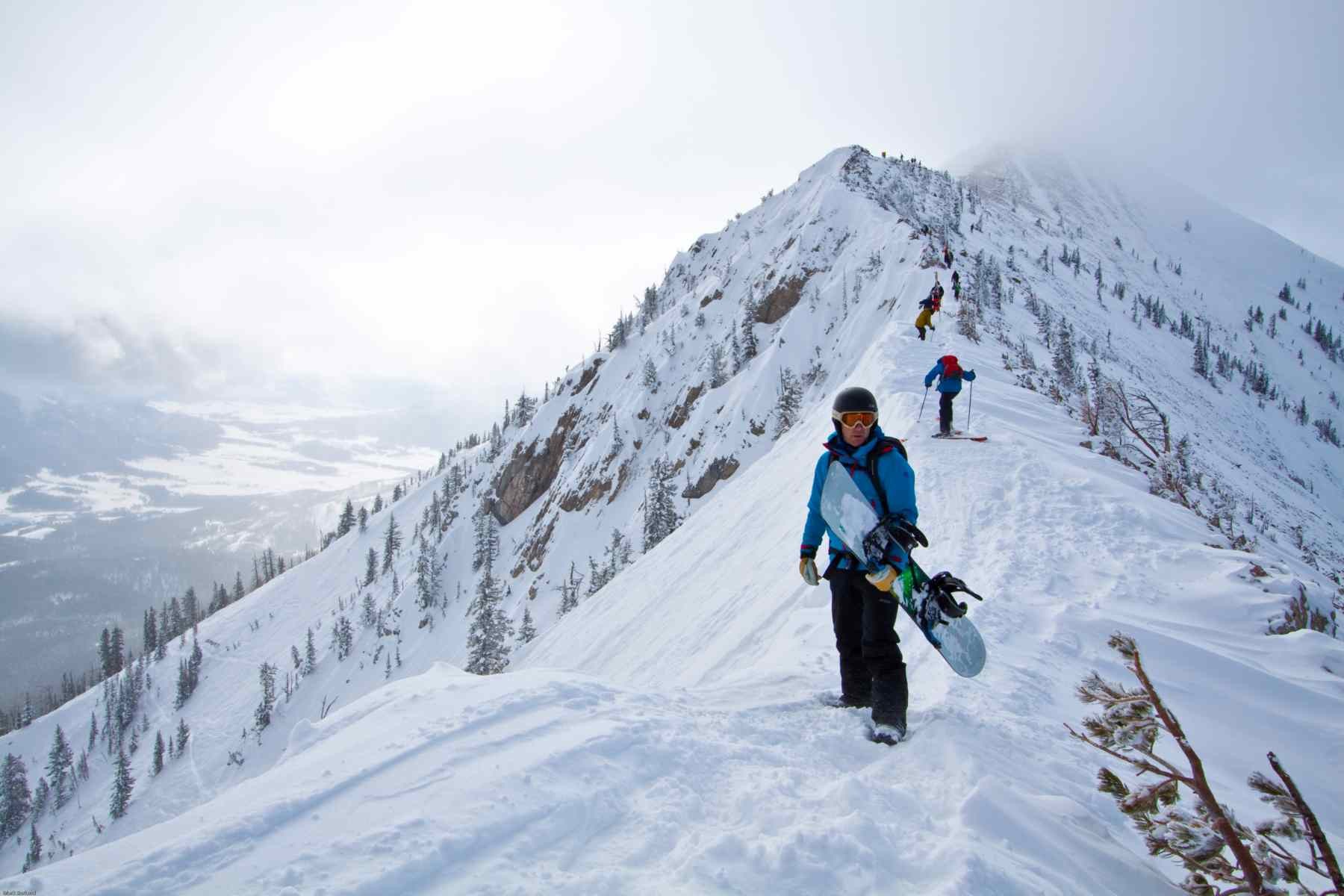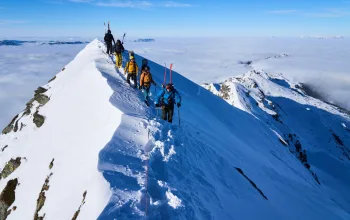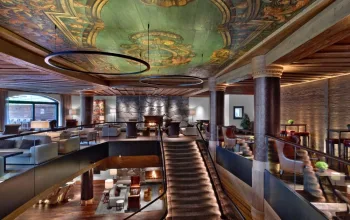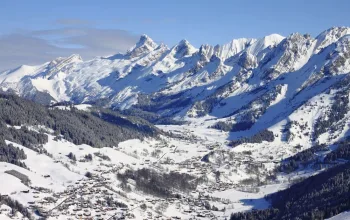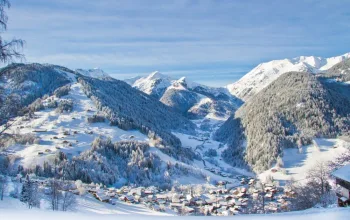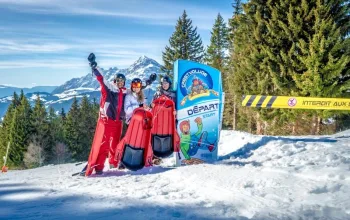“Look, everybody still wants to ski, with or without a recession, and we just make it easy for them. Mid-week you can stay in down town Bozeman and ski here for under $70 a day, all in. With prices like that, it’s not a hard choice for skiers to make. We can offer prices like that, as we’re a not-for-profit mountain. We’ve been community owned for many years now: locals can pay $25 to become a member, then they can vote on any development.”
It’s a brilliant business plan; it wouldn’t work for the large profit driven resorts of Europe, but in North America, a not-for-profit community model is perfect.
The main difference between European and North American resorts is that most resorts in North America have been created from scratch out of a wilderness area. Someone has historically found a good mountain for skiing, and built a resort where once there was nothing - often on land leased from the state. This allows for a resort to develop with one overall owner.
In Europe, most ski areas have been created on land owned by many different farming families (often turning subsistence farmers into very wealthy landowners over a few generations) - so the land, the lifts and all the hotels and bars are owned by numerous different companies and families, thus making decision making very convoluted.
This is why when booking a holiday in many North American resorts independently, you simply call one number and book accommodation, lift pass, ski hire and lessons - a service only achievable in Europe by using a tour operator, often paying a premium for the service.
Bridger Bowl is slightly different as they don’t offer their own accommodation, but have teamed up with suppliers in the nearby university city of Bozeman, whose hotels, whilst busy in the summer are often empty come winter, thus offering skiers unmatchable deals such as $69 bed and lift pass/night.
Bridger Bowl is not just unusual in its ownership structure: It’s mountain, while small, is a top place to ski or snowboard. The pistes are on one side of an exposed ridge line, which sees winds from the prairie hit it’s opposite side, often lifting all the snow and dumping it on the pisted resort side of the ridge.
The hike-to terrain is world class and is cleverly accessed by chair lifts, which you can’t get on unless you prove you’re wearing an avalanche transceiver (by sounding a bleep on a pick up point next to the chair). Once off the chair, you hike the ridge, dropping into cold smoking Montana powder wherever you like. There are tight chutes and wide open faces to choose from, and the horizontal spines that descend the ridge offer an almost endless choice of lines.
The resort’s base, in contrast, has many well groomed pistes for beginners and intermediates alike - and mid-week, apart from the odd ski group, you will have the place to yourself.
I was shown around by local Rob Wales, who films on mountain every morning, uploading the footage to YouTube in the afternoon, so locals can see real ‘on mountain’ footage and snow conditions daily. It’s a simple yet brilliant idea, compared to the spurious ‘last snowfall’ information we get served up by resort websites in Europe.



